News
Euromonitor’s top consumer trends in 2022 – and what they mean for the food industry
7 Feb 2022From direct-to-consumer e-commerce to upcycled food or functional ingredients for holistic wellbeing, we look at how food and drink manufacturers can leverage some of 2022’s top consumer trends into their portfolios.
Each year, Euromonitor publishes its top 10 global consumer trends , based on quantitative consumer surveys, analyst insights, and trade interviews.
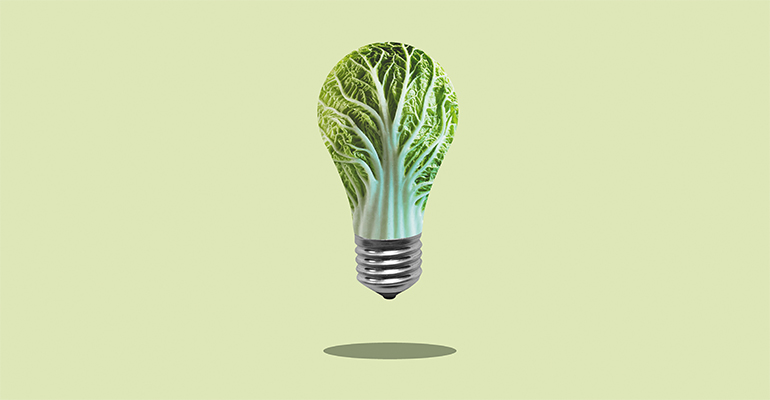
The COVID-19 pandemic has had a huge impact on global supply chains and consumer behaviour over the past two years. Although supply chain shocks should start to stabilise by late 2022, with access to products reverting to pre-COVID-19 levels, new shopping habits have become entrenched and will continue to impact how some consumers discover and select products, Euromonitor predicts.
New shopping habits, new sales models
Such new shopping habits include locally sourced goods, direct-to-consumer brands, and subscription services.
Several big players have recognised the potential of D2C in recent years. In 2020, for instance, PepsiCo launched two direct-to-consumer sites: PantryShop.com, for instance, allows consumers to order specialised product ‘bundles’, such as ‘Rise & Shine’, made up of breakfast cereal and fruit juice, and ‘Protein’, which includes keto-friendly bars and high-protein snacks.
In China, Pinduoduo is an agri-food platform that connects small-scale farmers with distributors and consumers. Founded in 2015, it has worked with 12 million producers via its online platform.
To tap into this trend, Euromonitor suggests that companies use data to improve their supply chain visibility, hone operations and rethink investments to explore opportunities in this area.
Climate-conscious consumers
Consumer awareness of climate change – and how individual actions impact this – will continue to rise.
“Eco-anxiety is driving environmental activism and purchasing decisions. In 2021, one-third of global consumers actively reduced their emissions and one-quarter used carbon offsets to compensate for them,” write Euromonitor analysts. “Climate Changers make more sustainable choices whilst demanding action and transparency from brands.”
Hard discounter Lidl launched a carbon-neutral Cheddar cheese in UK stores in 2021 and Austrian hard discounter Hofer provides an on-pack life cycle assessment for products in its Back to Origins range.
Although many people worried about climate change are actively reducing their use of plastic and trying to reduce food waste, Euromonitor warns that low-carbon diets are still nascent and willingness-to-pay for the premiums that sustainable products often carry remains an obstacle.
Euromonitor found that 43% of professionals questioned in 2021, reported that the lack of consumer willingness to pay more for sustainable products was a significant barrier to business sustainability initiatives.
The pursuit of preloved: An opportunity for upcycled ingredients?
Another key trend for 2022, according to Euromonitor, is an interest in second-hand, recommerce and peer-to-peer marketplaces. Dubbing this trend ‘the pursuit of preloved’, Euromonitor analysts say that consumers are moving away from an ‘owning mindset’ towards an ‘experiencing mindset’. Sustainability concerns are removing the stigma associated with second-hand shopping.
While no-one wants to buy second-hand food, the food industry can embrace this trend by investing in circular economy initiatives, such as recycled, recyclable and reuseable packaging, or by using upcycled ingredients.
The Upcycled Food Association defines upcycled foods as those using ingredients that otherwise would not have gone to human consumption, are procured and produced using verifiable supply chains, and have a positive impact on the environment. According to the Association, around one trillion dollars is lost each year due to food that is either wasted or lost.
There are many instances of food brands upcycling agri-food co-streams to add value to finished products or create sustainable alternatives. Mi Terro , for instance, uses synthetic biology processes to transform food waste into alternative packaging while Nutrilees turns leftover material from the wine-making process into a nutrient-packed healthy powder. For such brands, the upcycled element is an important marketing tool.
“[Upcycling] a term that new age consumers are looking for. Our product is clean label and nutritious, sustainable, and socially responsible; those are the claims and story behind Nutrilees,” said the CEO, Yaki Harel in a recent interview with Fi Global Insights.
Pursuit of wellbeing to drive functional ingredient demand
Finally, acceptance, self-care and inclusion are at the forefront of consumer lifestyles, according to Euromonitor.
For the food industry, this means an interest in ingredients that can promote both physical and emotional health and well-being in a holistic manner.
“Food and beverage manufacturers are investing in functional ingredients and low- or non-alcoholic drinks as consumers seek healthier options. In Western countries, cannabis-infused products are thriving […]. Personalisation will advance and shift towards mass acceptance across sectors, such as beauty, personal care, and consumer health,” write Euromonitor analysts.
Related news
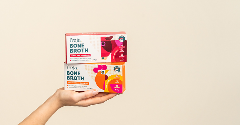
Bone broth: From old-fashioned to en vogue
24 Nov 2025
OXO’s entry into bone broth has turned the spotlight on this small but high-performance category – and there is still scope for growth, especially in the area of GLP-1 support.
Read more
Matcha madness: Why green is this year’s hottest colour
19 Nov 2025
Five years ago, it was a struggle to find matcha outside of Japan. Now it seems to be popping up everywhere, from coffee shops to supermarket shelves.
Read more
How younger consumers are redefining ingredient choices and rejecting brand loyalty
18 Nov 2025
Gen Z and millennial consumers’ preferences for transparency, functionality, and purpose are “redefining the very nature of consumption itself”, says SPINS.
Read more
Hybrid formats and flexible positioning to disrupt category norms in 2026
17 Nov 2025
Trend forecasters expect food and drink to move more fluidly across occasions, functions, and formats as consumers seek versatility, novelty, and convenience.
Read more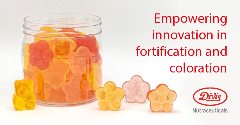
Empowering innovation in fortification and colouration
13 Nov 2025
Divi’s Nutraceuticals offers a large portfolio of innovative, high-quality ingredients for foods, beverages, and supplements, with bespoke solutions and expert support for product success.
Read more
Predictive maintenance redefines powder mixing reliability
13 Nov 2025
Mill Powder Tech's smart control systems harness real-time data to help the food and biotech sectors achieve zero downtime and smarter output, alongside rigorous GMP standards and ambitious ESG goals.
Read more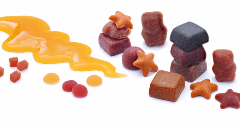
From fruit to functional solutions: Meet Paradise Fruits at Fi Europe in Paris
13 Nov 2025
Paradise Fruits Solutions and Paradise Fruits Health will showcase their combined expertise in delivering innovative, fruit-based solutions to the food and beverage industry at the upcoming Fi Europe trade show (2-4 December 2025, Paris).
Read more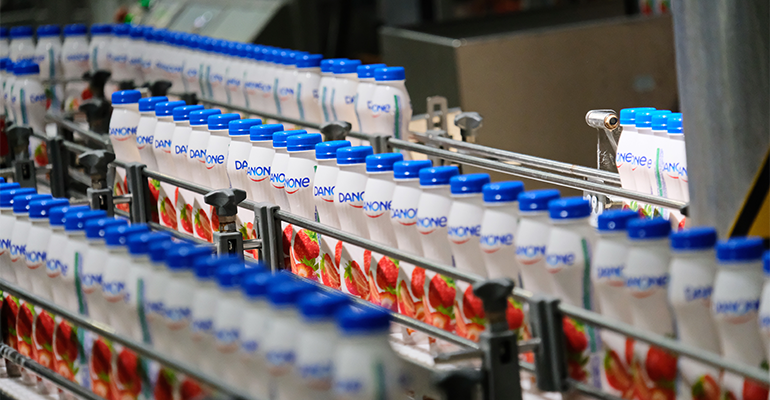
Danone highlights digestive health as potential ‘tipping point’ for food industry
13 Nov 2025
Danone is betting on a food industry “tipping point” that will bloat the market for healthy products, particularly those related to gut health.
Read more
Bord Bia presents Irish dairy ingredient suppliers at Fi Europe
6 Nov 2025
Dairygold Co-operative Society, The Carbery Group, and Ornua Co-operative: Meet with sustainable producers of Irish dairy ingredients at Food ingredients Europe 2025, Hall 7.2 Stand M18.
Read more
Ingredient quantities mislabelled on popular protein bars, independent tests show
5 Nov 2025
Some popular protein bars contain more fat, carbs, and/or sugars than claimed on their labels, independent nutrition testing reveals.
Read more